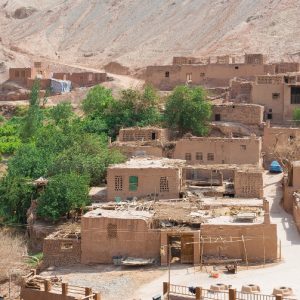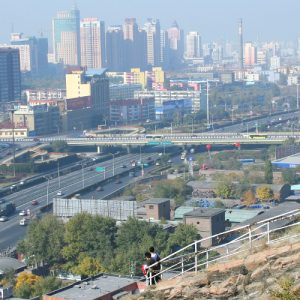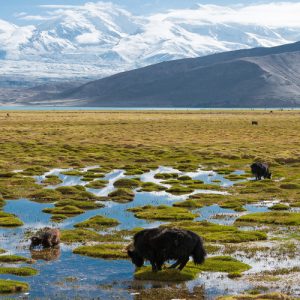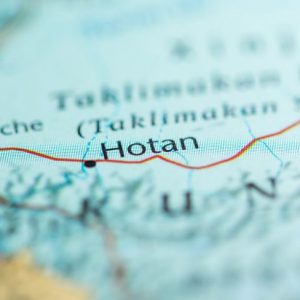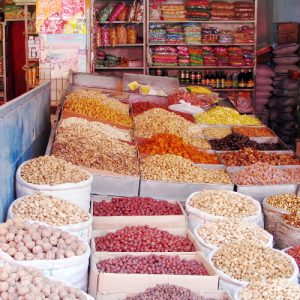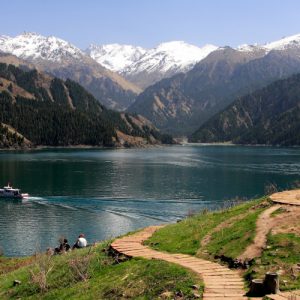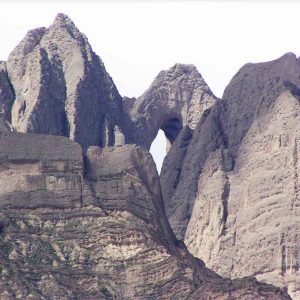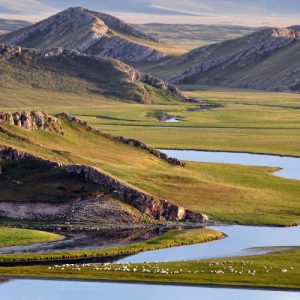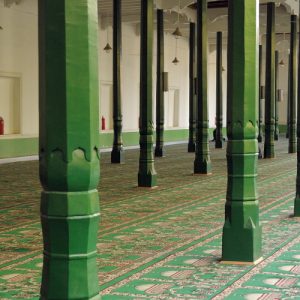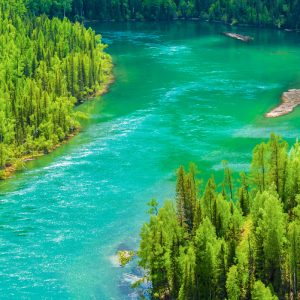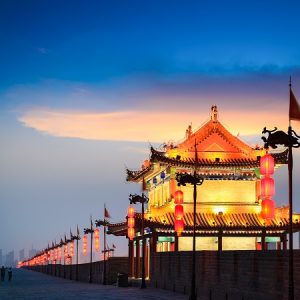Korla and the Taklamakan desert - 庫爾勒 - 塔克拉玛干沙漠
Review of
- Review updated on 26 avril 2024Pictures of Taklamakan desert
Korla and the Taklamakan desert
Korla is a city in the western province of Xinjiang. It is located about 320 km from the capital of Urumtsi province. It is close to the mountains and the Takla-Makan Desert. Temperatures can range from -6 ° C to + 26 ° C.
The Bayanbulak meadow
The Bayanbulak meadow is a lush green meadow with many flocks of sheep and all varieties of plants. It is the second largest prairie in China. The meadow is at altitude in the heart of the mountains, many lakes of all sizes are dotted among the meadow.There are Yanqi horses from Tian Shan Mountain, Bayanbulak wide-tailed sheep, Chinese sheep and yaks. They are called “the four treasures”. In the middle of summer, the flowers are hatched, which offers a beautiful landscape.Swan Lake, which is actually several small lakes, is located in the meadow. It is the only natural reserve for swans in China. Every year, in April, swans and other rare birds return from the south to nest around the lake. Lakes, mountains, animals and birds create a picturesque and unique sight.
The Tienmen military pass
The Tienmen Military Pass is located 8 kilometers from Korla, in the northern part. It is one of the 25 famous portals of China. It was given the nickname “Iron Gate” because of its solidity. This pass is inevitable for anyone who wants to go to the Tarim Basin. Indeed it is located in the Gorges Tieguan which has always been a strategic place in the Silk Road.Many tourists come to visit this place because of a famous love story: In ancient times, a princess and the son of a minister fell in love. However, the King and his malevolent counselor were opposed to this union. Under the pressure of the King and the persecutions of his counselor, the worst happened. The princess and her lover, suffering so much from being separated, decided to jump together in the Kong River. They sacrificed their lives to love and freedom. A tumulus covers their grave, in their homage, in front of the gate.Today, the pass was renovated in 1989 according to ancient techniques. Thanks to the work of architects, sculptors and artists, the portal is an example of a very famous architecture.
The ancient city of Loulan
The city lies 300km north east of Ruo qiang county and near the city of Dunhuang. The mystery remains about the disappearance of the city of Loulan, victim of a natural disaster. Loulan, once a pleasant and prosperous city has turned into a desert city. This strange phenomenon has attracted archaeologists and tourists.Loulan was a kingdom in 176 BC and flourished for over 800 years. The city was like an oasis, crossed by a river and located near a large lake. The city had a population of more than 14,000 inhabitants including nearly 3,000 soldiers in charge of the protection of the kingdom. Most of the inhabitants lived on fishing and hunting. It was also an important stop on the Silk Road where silk, tea, fruit and jewelry were sold.Around the 630s, the incessant deforestation, the increasingly devastating sand storms turned Loulan into a land of desolation. The weather conditions are quite trying. In summer, temperatures can range from 0 ° C to over 30 ° C.In recent years, archaeologists have discovered invaluable treasures such as jade and stone tools dating from the Neolithic period (10000 BC-5000 BC). They also found manuscripts dating from the Han Dynasty (206 BC) -220 BC) and silk, pottery, bronze and ancient currencies. They also discovered several mummies including “The beauty of Loulan”, a mummified woman who would be over 3800 years old.
The Kizil Caves or Caves of the thousand Buddhas of Kizil
They are located in the Tarim Basin, 7 km from the village of Kizil, on the part of the Silk Road that bypasses the Takla-Makan Desert from the north. They are the oldest known Buddhist caves in China, the earliest dating back to the third century. They are considered the most beautiful murals of Central Asia.They form an ensemble spread over more than three kilometers and are arranged on several floors. Some were used for religious worship other for housing. Of 230 listed caves, only 80 contain frescoes, only a few of which are open to the public. The style of the frescoes bear witness to several influences: the culture of Gandhara, an ancient kingdom that developed between the 1st century BC and the 7th century in Afghanistan and northern Pakistan today.The different themes are Buddhist fables, scenes from the life of Sakyamuni, the historical Buddha. Everyday topics such as culture and daily life in the region such as musicians, patrons, hunting scenes, animals and landscapes. The frescoes tell in pictures the culture of the kingdom of Gui ci.

